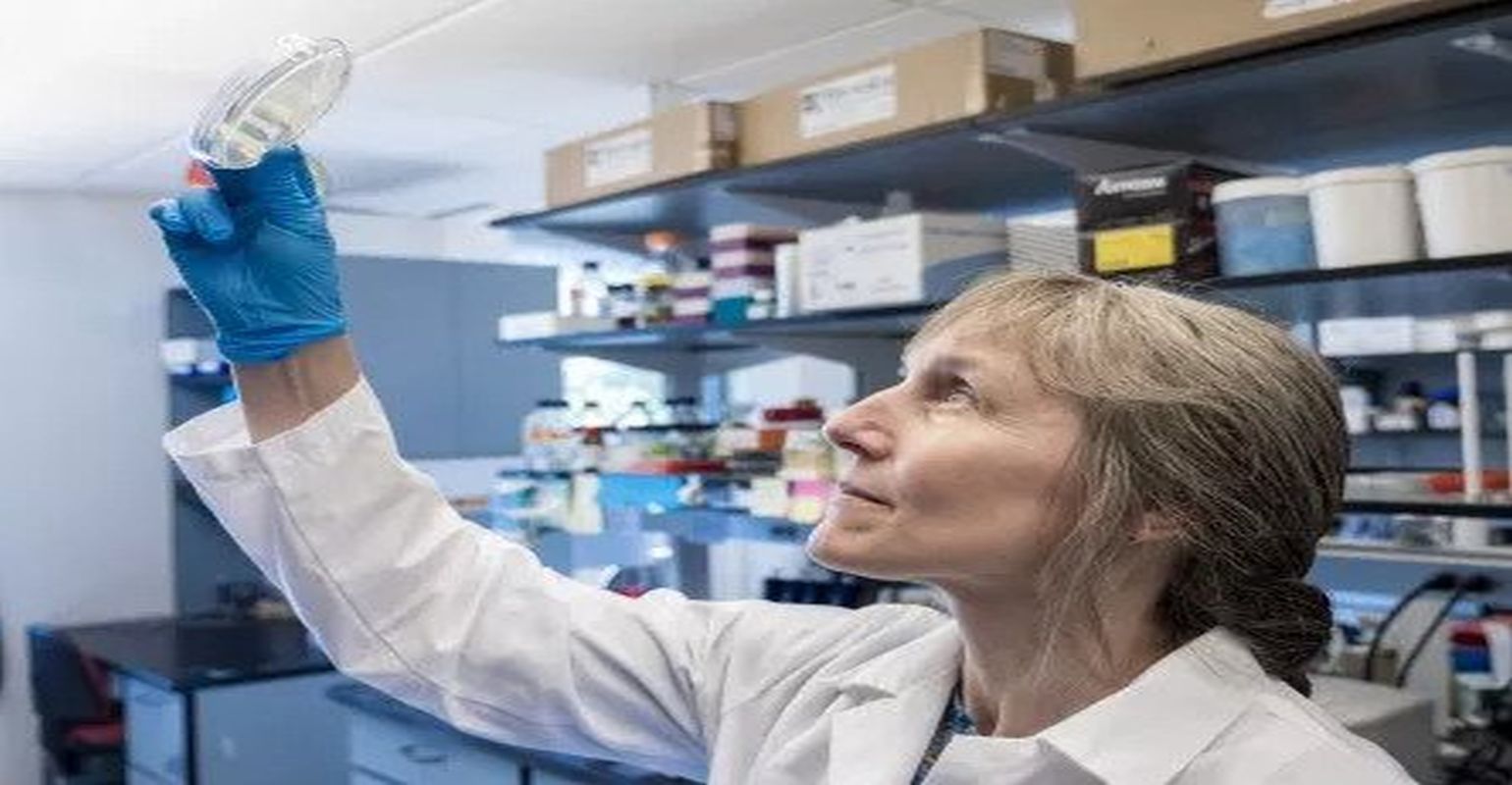Making Old Antibiotics New Again

With antibiotic-resistant “superbugs” now infecting 2 million people per year and a dearth of new medications in the pipeline to treat them, University of Colorado Boulder researchers are taking a novel approach to addressing the looming public health crisis: They’re helping develop new drugs to make old drugs work better.
“We believe the compounds we’ve discovered have the potential to rejuvenate existing antibiotics-to make bacteria that are now insensitive to multiple drugs sensitive again,” said Corrie Detweiler, a professor of molecular, cellular and developmental biology (MCDB) who recently outlined her discovery in the journal PLOS Pathogens.
More than 23,000 people die annually in the United States from bacterial infections that have evolved to resist antibiotics. Thousands more suffer life-threatening bouts with once-easily treatable illnesses like strep throat, urinary tract infections and pneumonia. And some forms of tuberculosis and gonorrhea are now resistant to all available drugs.
“As our antibiotics work less and less, we risk essentially going back to a period 200 years ago when even a minor infection could mean death,” said Detweiler.
Meanwhile, most antibiotics still in use today were developed in the 1950s, as pharmaceutical companies have scaled back investment in research and development. The last time a new class of antibiotics hit the market was in 1984, according to the Pew Charitable Trust.
“With industry largely turning away, it’s up to academic labs like ours to step up and help feed the pipeline,” said Detweiler.
To that end, she recently developed a new technique called SAFIRE for screening for new small molecules with antimicrobial properties.
“The old way of discovering antibiotics helped us get to the low-hanging fruit, but that stopped working a long time ago,” she said.
Rather than pour potential new antibiotics into a test tube teeming with bacteria (as in the past) SAFIRE uses cutting-edge cell imaging techniques to observe what the compounds do to mammalian cells infected with bacteria over 18 hours. The method enables her laboratory to zero in on compounds that keep bacteria from replicating inside the host cell, but don’t harm the host.
“This filters out toxic compounds right off the bat,” she said.
Of 14,400 potential candidates screened, her team has zeroed in on at least three with strong potential. They work not by killing the bacteria itself, but by getting inside it and shutting off cellular machines called “efflux pumps” which bacteria use to protect themselves from both antibiotic medications and the body’s own immune-boosting proteins.
“Bacteria are really smart, and they have learned to use these pumps to pump out whatever we throw at them to kill them, so they can live happily,” said Edward Yu, a professor of pharmacology at Case Western Reserve University who collaborated with Detweiler on the research. “The compounds Corrie is working on inhibit those pumps.”
Yu notes that because the compounds don’t kill the bacteria themselves, the bacteria don’t learn to resist them â a fact that could give the treatments more staying power than conventional antibiotics have had.
In September, the Colorado Office of Economic Development and International Trade awarded Detweiler $125,000, topping off $2 million in National Institutes of Health funding.
She’s now collaborating with Boulder-based pharmaceutical start-up Crestone Inc. to help refine the compounds, and hopes to begin testing them in animals soon.
“If you had a patient who had an infection that was resistant to available antibiotics, you might someday be able to treat them by giving them one of our compounds in addition to the antibiotic,” she said. “It could not only make the old antibiotic work better but also make the patient’s own immune system work better. It’s exciting to think about.”
Source: University of Colorado Boulder